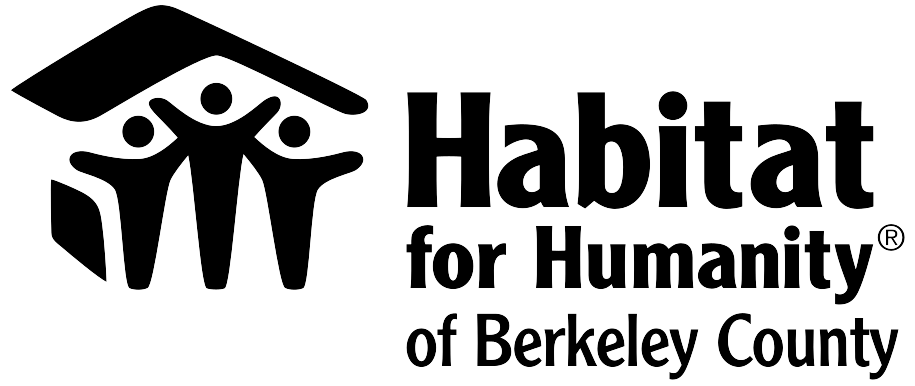Expanding investment in housing and other real estate.
Building and preserving affordable homes is a cornerstone of community development. It provides the early fuel for broad-based revitalization by preserving affordability, improving the physical surroundings, providing space for essential services and amenities and stimulating new investment.
Increasing family income and wealth.
Opportunity is oxygen for communities. A Sustainable Community is a place where lower-income families can afford to live and feel at home; where they envision a future with improved circumstances; where there is a blueprint for how to expand their income, build assets, and invest in businesses.
Stimulating economic development.
Commercial development is a proven part of the community development playbook. That’s because families of every income level benefit from a vibrant local business community, where businesses can start up, succeed, provide essential goods and services, and supply jobs.
Improving access to quality education.
Access to quality education is a defining characteristic of a Sustainable Community. The future of neighborhoods eager to attract a diverse blend of residents, businesses, and services is securely tied to the education opportunities that are available to the families who live there. There is no clearer path out of poverty.
Supporting healthy environments and lifestyles.
A truly Sustainable Community contributes to the physical well-being of the people who live there. For LISC, this takes many forms: support for quality playing fields and recreational facilities; community-police partnerships; local health clinics; and environmentally sound building and design. All are important components of quality of life.
Neighborhood Revitalization
is the strategic process of transforming neighborhoods that lack community vitality into neighborhoods of choice by helping residents and other stakeholders build and maintain neighborhoods where they want to live, work and play. These neighborhoods strive to be resilient places where it makes sense for people to invest time, energy and money, where they are optimistic about their future, where they feel they have control over their surroundings and the capacity to respond to community dynamics, and where they are connected to each other and the larger community. This process addresses five key elements:
*the neighborhood’s image
*market forces that act on the neighborhood
*the physical conditions of the neighborhood
*the social conditions of the neighborhood
*stakeholders’ ability to manage neighborhood issues and affairs

